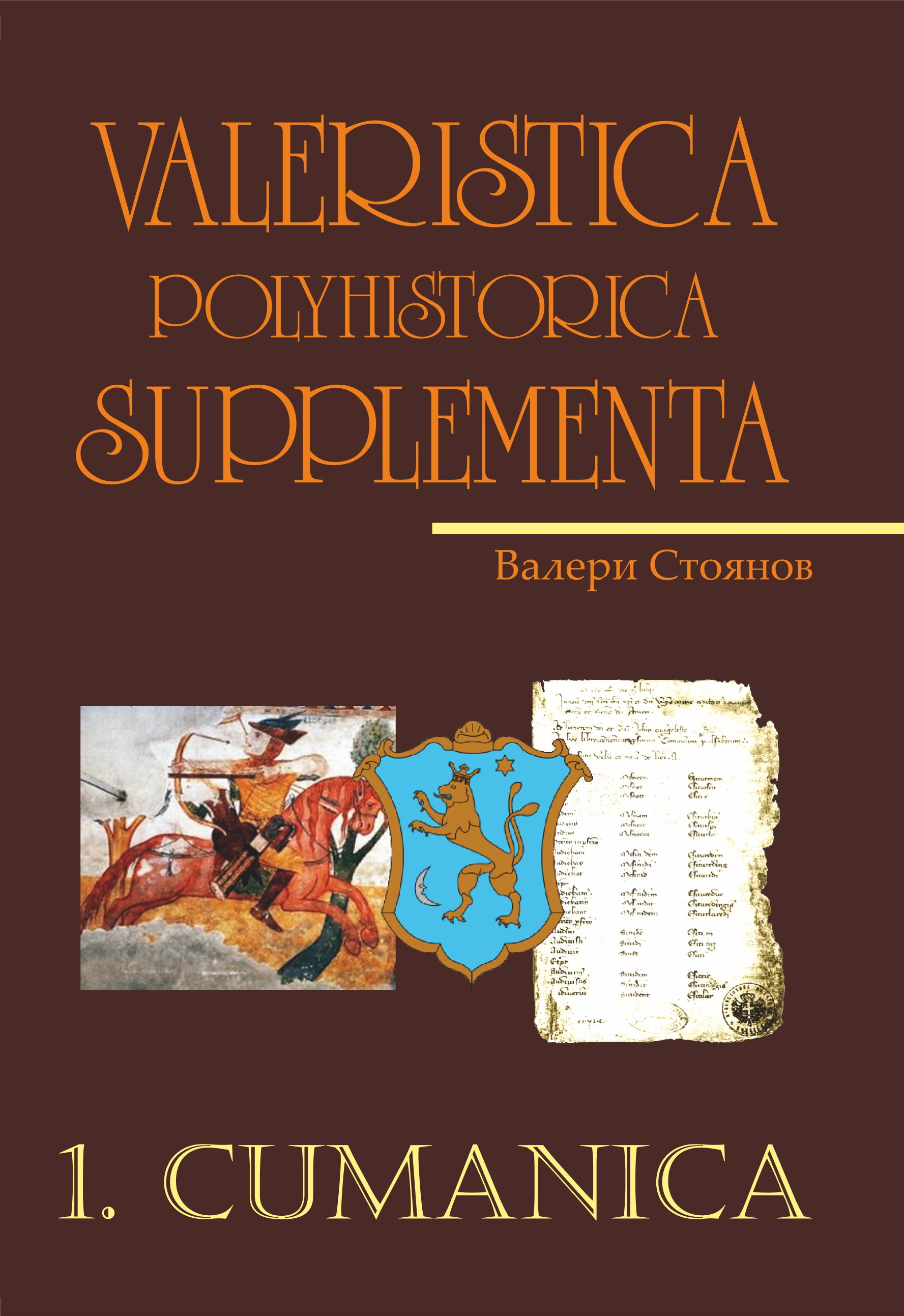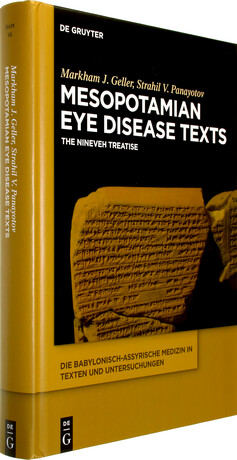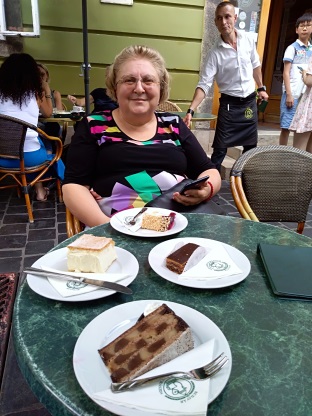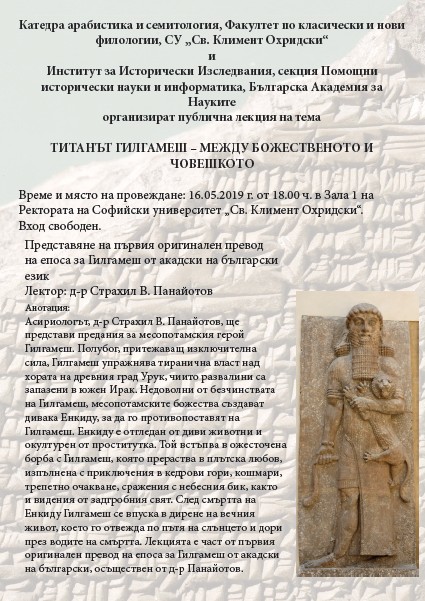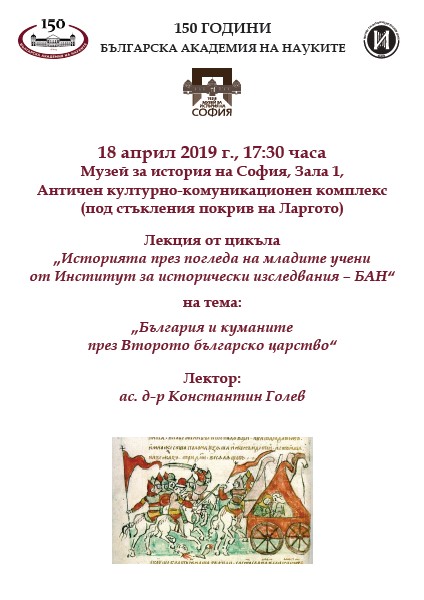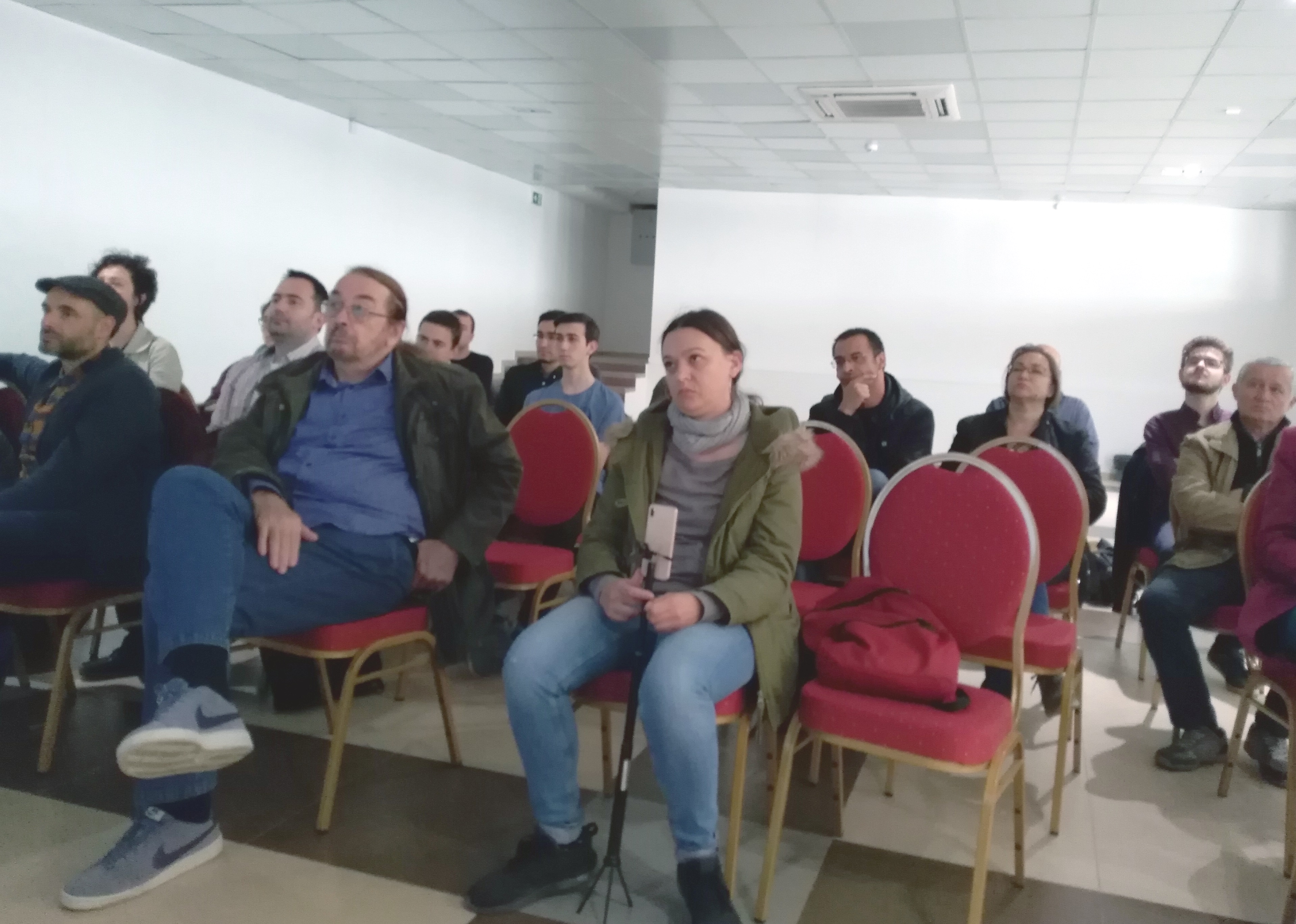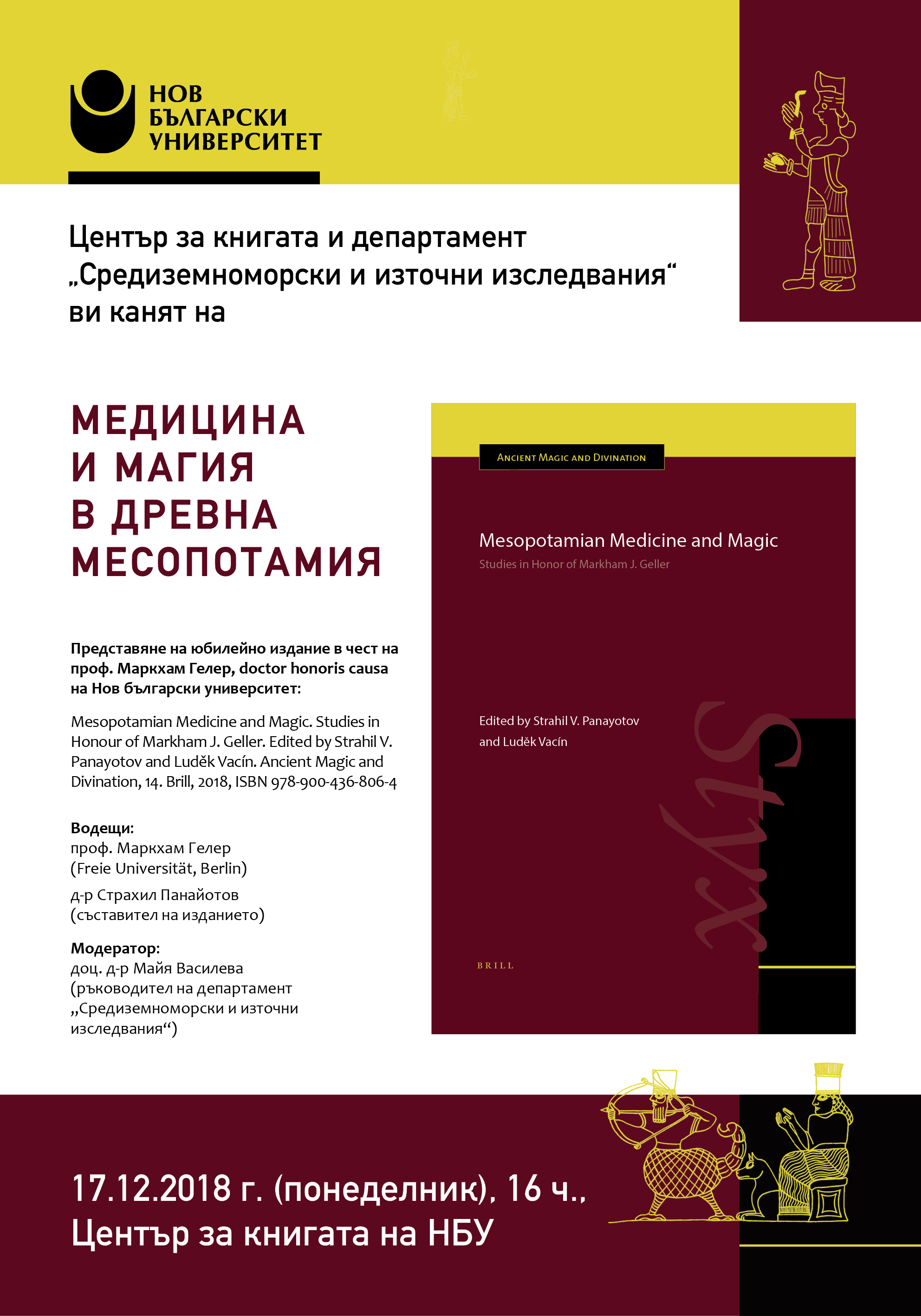×
Preface
The present Fesscftrtfi by Mark toiler's colleagues, mends, and disciples could not possibly covet the incredibly eclectic range of the honoree's scholarly interests and expertise. Instead, the volume was conceited as a thematicaily tight collection of essays bringing to light a representative selection of the scientific scholarly and technical knowledge produced by the Cuneiform Cultures. I his tits well with Mark's untiring efforts to uncover, analyze, contextualize and interconnect over more information for a continuous reconstruction of a History of Knowledge in the Ancient Mediterranean in general and in Ancient Western Asia in particular.
More specifically, the book's conceptual focus is the virtually inexhaustible pool of Mosopotamian learning and procedures concerned with the diagnostics and healing of various human physical ailments and mental complaints. This has been Mark's lifelong endeavour to which he can enumerate significant accomplishments that hate enriched the held of Assyriological research. Although Assyriologists are scattered throughout the world, they have kept a keen eye on Mark's research journey. It is to be hoped that these new materials, analyses, and interpretations build on his body of work and provide a worthy and appropriate tribute to the man who has truly made a mark on the research of Mesopotanuan Medicine and Magic.
Initially, Mesopotamia was not at the centre of Mark's interests, though. The son of a Rabbi he found early on the allure of scholarship and research more enticing than the family tradition of leading a congregation. His scholarly development began in Classics (1073 BA. Princeton) and Semitics (1974 PhD. Brandeis). Having quickly become an expert in the latter, he rose to the position of Professor at the Department of Hebrew and Jewish Studies of the University College London (1976). Prom 1984 to 1993, Mark was the Head of that Department. Since 1982 he acted also as the Director of the Institute of Jewish Studies at the University College london.
In 1974, upon advice from Donald J. Wiseman, Mark embarked on the study of the large series of incantations against Evil Demons (Udug-hul) that have subsequently become his companions for more than 40 years. While scrutinizing the cuneiform tablets in the British Museum the same year, Mark met the formidable doyen of British Assyriology Wilfred G. Lambert who definitively fixed Mark's mind on the target of preparing a comprehensive edition of the whole series (see 1.1.11, p. 1; for the references go to Mark's bibliography in this volume). Then his Sumero-Akkadian journey through the "Land-of-the-Two-Rivers" began floating on cuneiform tablets in the British Museum. Mark's key colleague during that journey has been the modern Noah, Irving Finkel, who has relentlessly supplied Mark with fabulous texts and ideas for decades, and continues to do so not only for his old friend but also for the group of young scholars with whom Mark has recently surrounded himself in Berlin.
Mark spent a year at Munich University (1980-1981) as a Humboldt Fellow working with Dietz O. Edzard. The fruits of his slay at Munich soon became ripe for harvest and his monograph edition of Old Babylonian monolingual Sumerian "Forerunners to Udug-hul" was published in 1985 (1.1.1). Mark steadily nourished his interest in Sumerian over the years, and thus he was able to work on Sumero-Akkadian bilingual incantations in Philadelphia and Chicago during 1987-1988 with support from the National Endowment for the Humanities (NEH). In 1990, an important product of Mark's long-term engagement with Sumerian literature was published in collaboration with Bendt Alster: a volume of Cuneiform Texts from Babyionian Tablets in the British Museum (part 58) entitled "Sumerian literary Texts" (1.1.2).
The years 1994-1995 proved to be an auspicious period for exploring Mesopotamian magic under the aegis of the Netherlands Institute for Advanced Studies (NIAS) in Wassenaar. A group of scholars consisting of Tzvi Abusch, Wim van Binsbergen, Mark Geller. Shaul Shaked, Karel van der Toorn, and Frans Wiggermann worked on various topics of "Magic and Religion in the Ancient Near East". Their collaborative research resulted in the very first volume in the series Anient Magic and Divination (1999). In 1994 Mark delivered his inaugural lecture at UCL showing that Cuneiform was written alongside Greek on the so-called Graeco-Babyloniaca tablets. He thereby conclusively proved that Cuneiform had survived into the first centuries AD. This finding provides an important methodological foundation for establishing connections between Akkadian, Aramaic, Greek and Talmudic medicine and magic. Mark has published the results in his seminal 1997 paper "The last Wedge" (3.2.26).
During 1996-1998, Mark received funding from the Alexander von Humboldt Foundation for three-month research visits to the Vorderasiatisches Museum in Berlin, the Freie Universitat Berlin, Universität Leipzig and the collection of cuneiform texts kept at the Friedrich-Schiller-Universtät Jena. His work on Ur III incantations in the Hilprecht collection at Jena, drawing on the preliminary results achieved by the late Johannes J.A. van Dijk and the collaboration of Joachim Oelsner, was published in 2003 (1.1.3).
In 2000-2001, Mark received another fellowship at the Netherlands Institute for Advanced Studies (NIAS) in Wassenaar. He spent the year researching Greek and Babylonian medicine together with Philip van der Eijk and Manfred Horstmanshoff. The results of that work found their way into a volume on Magic and Rationality in Ancient Near Eastern and Graeco-Roman Medicine, published in 2004.
Another very important research insiilulion in Mark's career has been the Max-Planck-Institut für Wissenschaftsgeschichte (MPIWG) in Berlin, of which he is also a Fellow and which he has visited on many occasions in 2002, 2007, 2008, and 2009. Two important studies of his were spawned at the MPIWG: Akkadian Healing Therapies in the Babylonian Talmud of 2004 (1.1.4) and Look to the Stars: Babylonian Medicine, Magic, Astrology and Melothesia (1.1.8) of 2010, later developed into Melothesla tn Babylonia: Medicine, Magic, and Astrology in the Anclen Near East of 2014 (1.1.9). During his stay at the MPIWG in the summer of 2002 Mark has had the opportunity to occasionally meet the Gross-meister of research on Mesopotamian medicine, Franz Köcher. The two scholars reached important points of agreement with implications for future work on and style of publications of cuneiform medical texts, as demonstrated in Mark's Renal and Rectal Disease Texts (1.1.5).
I (i.e. Mark) proposed a new scheme for the BAM series. The next volume would contain autograph copies of thematically selected texts. Instead of the extensive indices, the autograph copies would be accompanied by text editions and translations of the copied tablets, together with the duplicates published previously in BAM, or in Campbell Thompson's Assyrian Medical Texts (AMT). Kocher agreed that after publication of six volumes of copies and indices, it was now time to begin editing the medical corpus in modem transliterations and translations, to make the material accessible to non-specialists and even non-Assyriologists.
1.1.5, p. VII
In 2005-2006, Mark was Visiting Professor at the École Pratique des Hautes Etudes in Paris, funded by the Wellcome Trust. In June 2009, Mark was awarded a Doctorate Honoris Causa from the New Bulgarian University in Sofia, where he organized several conferences resulting in the publication of Melammu: The Ancient World In an Age of Globalization in 2014 (1.2.9).
The year 2010 represents a landmark in Mark's career. He published the first modern comprehensive overview of Mesopotamian medicine under the tide Ancient Babylonian Medicine:Theory and Practlie (2010, paperback edition 2015; 1.1.7). Since 2010, Mark has also been on secondment from the University College London to the Freie Universität Berlin as Professor fur Wissensgeschichte in the TOPOI Excellence Cluster, teaching in the field of Ancient Science. In Berlin, Mark gathered a considerable and colourful group of scholars and students around himself. The collaboration with J. Gale Johnson on the material from Mark's research stays in Philadelphia soon evolved into another book, illustrating his incessant interest in Sumerian literature — The Class Reunion: An Annotated Translation and Commentary on the Sumerian Dialogue Two Scribes of 2015 (1.1.10). Assisted by Luděk Vacín, Mark finished his magnum opus — Healing Magic and Evil Demons: Canonical Udug-hul Incantations (1.1.11), published in 2016 in the framework of the project Bilinguals in Late Mesopotamian Scholarship pursued together with Steve Tinney of the University of Pennsylvania and funded by the Deutsche Forschungsgemeinschaft (DFG) and the National Endowment for the Humanities (NEH).
In 2013, a five-year European Research Council Advanced Grant for research on Babylonian Medicine (BabMed) was awarded to Mark. In BabMed, Mark has been leading his team with the pursuit of specific and demanding results in mind and has assigned often very difficult tasks accordingly, yet he has been able to work his magic on his team to create and maintain an environment of mutual collaboration and respect at all times. As BabMed principal investigator, Mark continued collaborating with Philip van der Eijk within an eight-year DFG-funded research cluster on Greek and Talmudic medical encyclopaedias (2012-2020). Additionally, he kept on inviting key guest researchers like Francesca Rochberg. Henry Stadhouders and Frans Wiggermann, who collaborated with him and BabMed members on various research issues.
Obviously, Mark is a very active and energetic person. He has organized numerous international conferences in different countries. He likes to travel from one research institution to another and from one city to another around the globe. He is fond of swiftly switching between different languages, while typing in another language on the tortured keyboard in his Berlin TOPOI House office. A characteristic scene alter his Berlin classes: Mark finishes the lesson and briskly seats himself behind the computer throwing Dutch, German, French, Hebrew, English or Bulgarian phrases around the room filled with multilingual people. This is a real Tower-of-Babel attitude allowing him to vividly create an environment, known since days of old by the Sumerian expression eme ḫa-mun and the Akkadian lišān mitḫurti, "clash of tongues" (see 2.2.58, p. 76). A regularly served cup of black tea with a driblet of milk has its role in supporting multilingualism as well.
Mark's remarkable career is characterized by open door policy. Contrary to the typical stiff upper lip academic attitude towards others, Mark likes others, and never fails to support young and old. He has a unique demeanor: always friendly and never angry (only at his computer). His ability to get people together results in a wonderful working environment, in which even the stupidest question and the most confused student has a role and voice; an academic democracy emphatically encouraging to all and actually implementing collaboration. He sets an example which is certainly worth following.
Strahil V.Panayotov and Luděk Vacín *
-----------
* The editors hearthly acknowledge the finantial support without which they would not have been able to work in the present book: Panayotov carried out his work on the volume in the project "BabMed - Babylonian Medicine" funded by tie European Research Council (ERC), and pursued at the Freie Universität Berlin; Vacín performed his part of the editorial work in project No. 15-04166Y funded by the Czech Science Foundation (GA ČR), and pursued at the Philosophical Faculty of the University of Hradec Králové.



